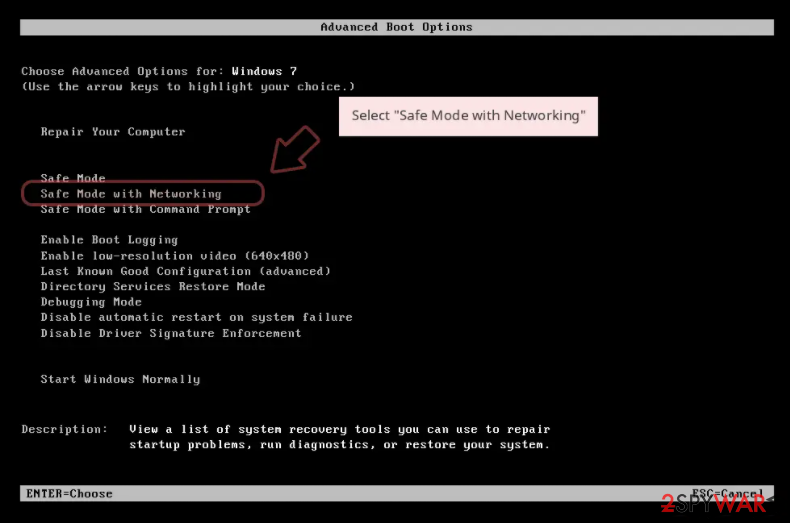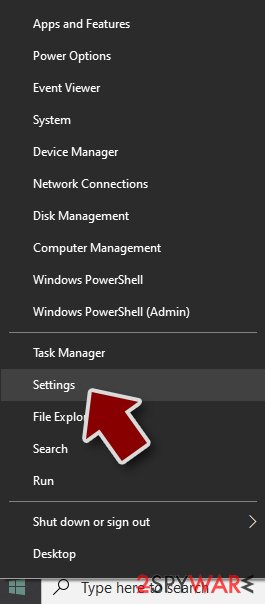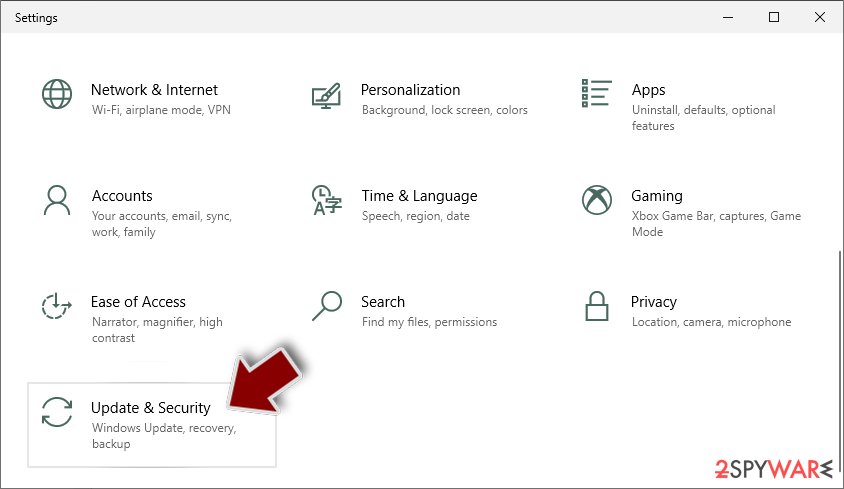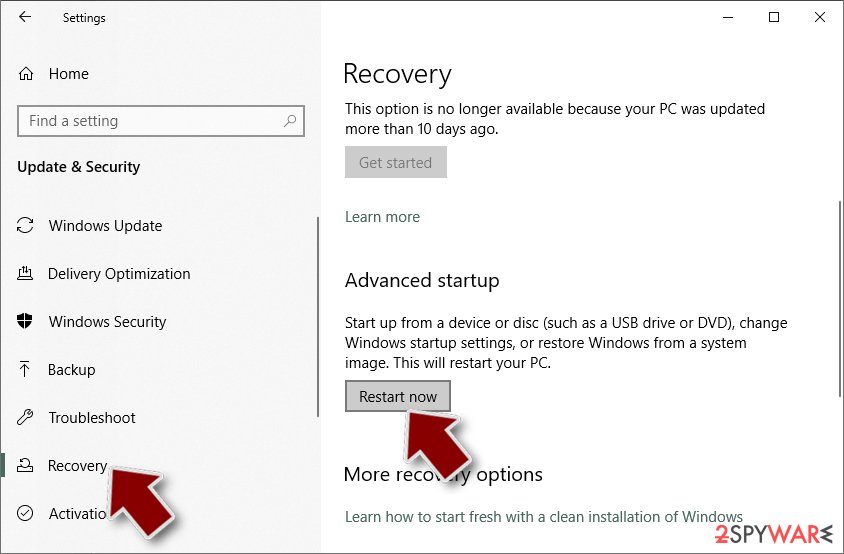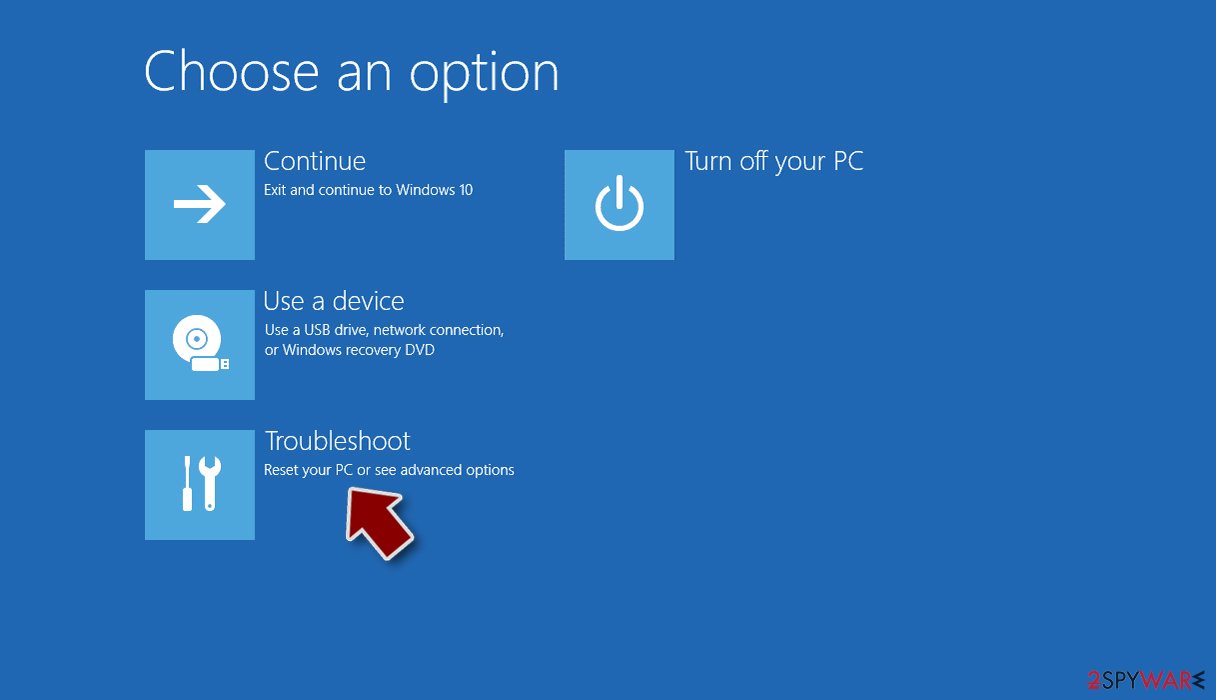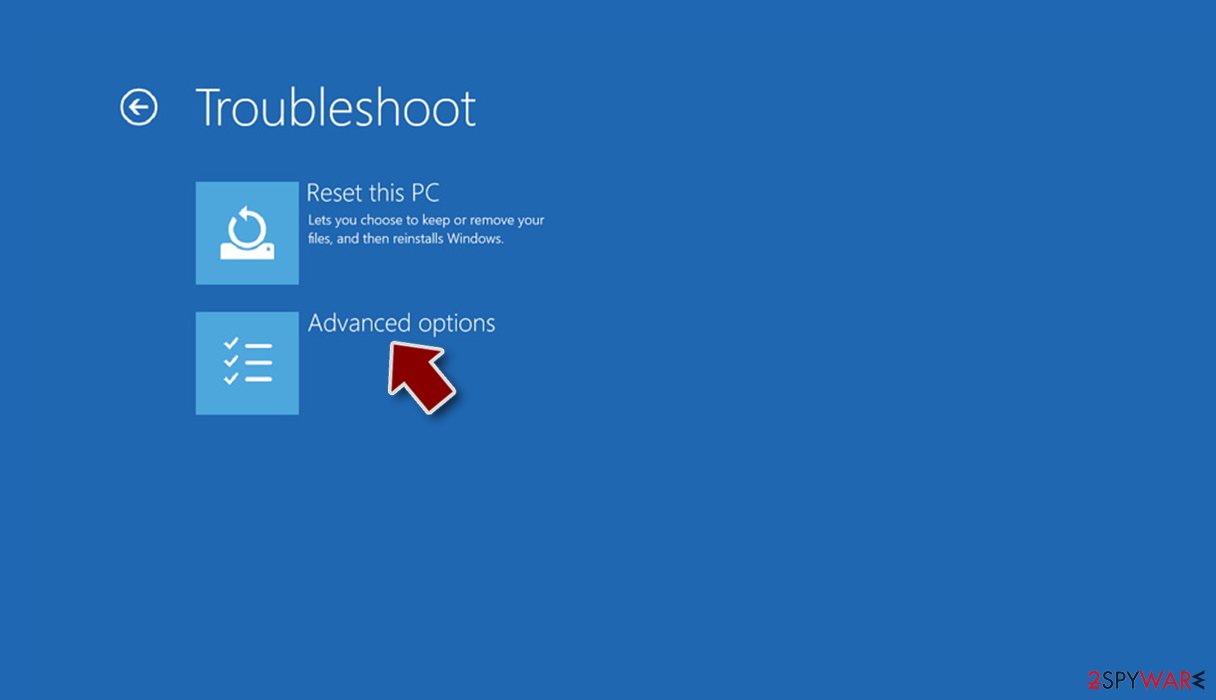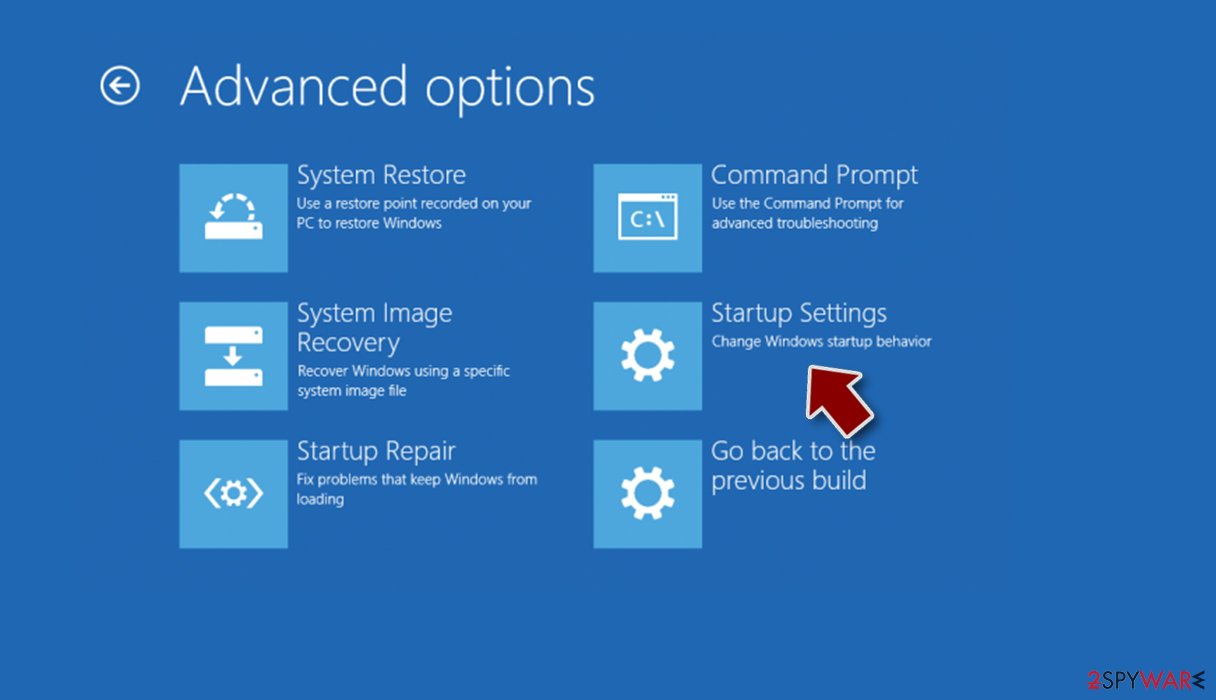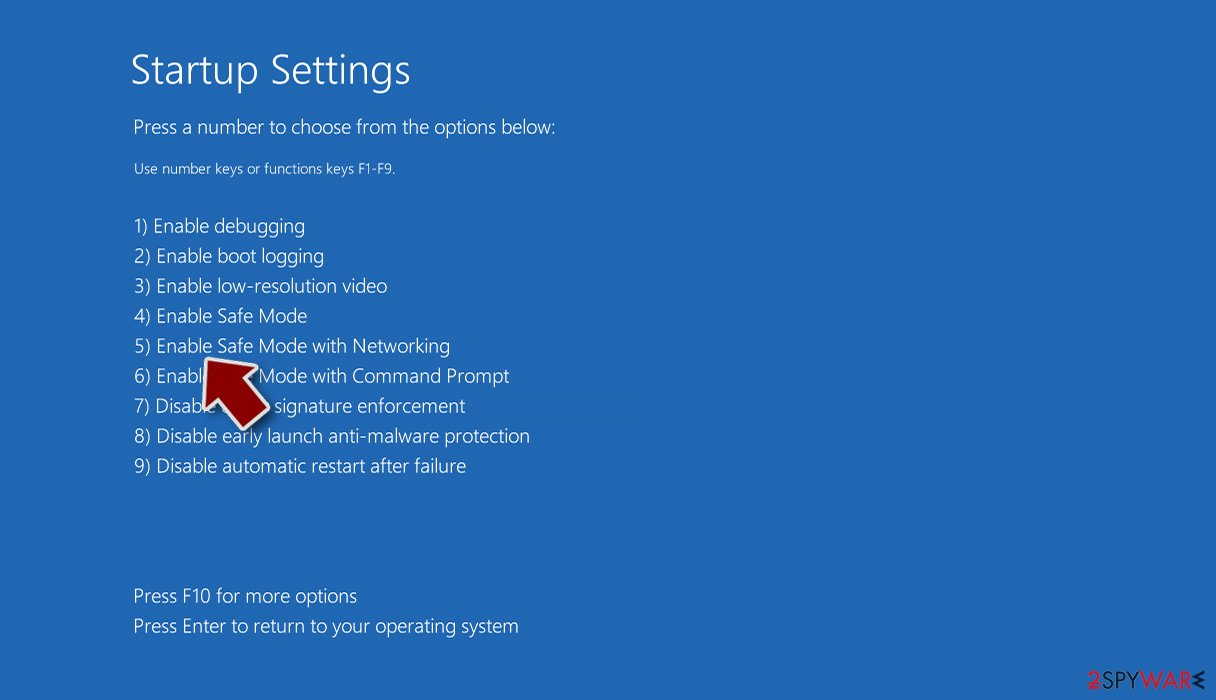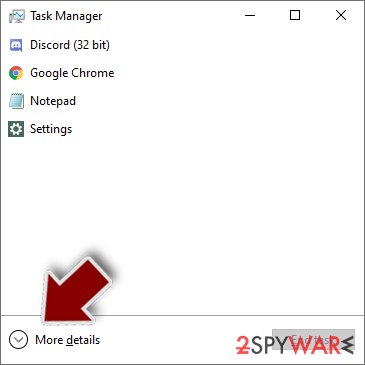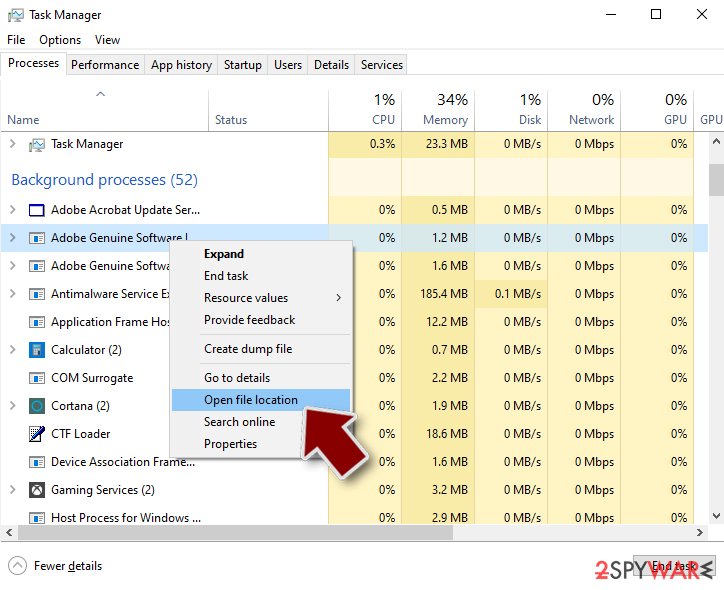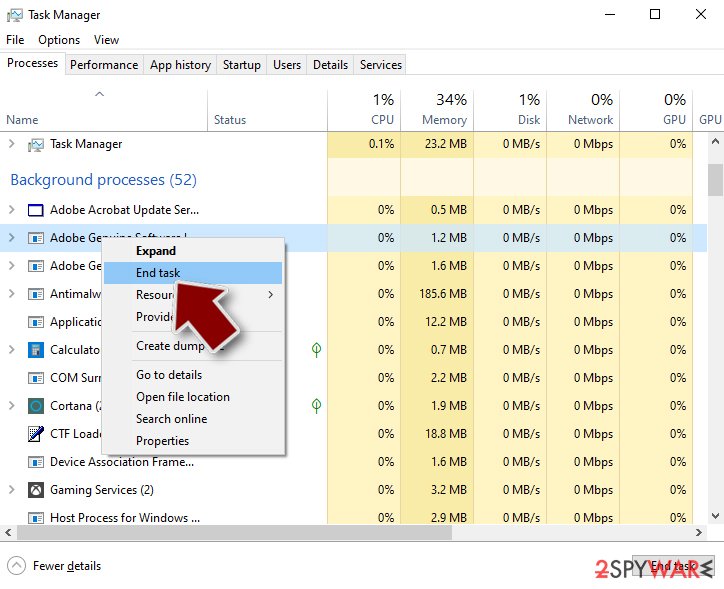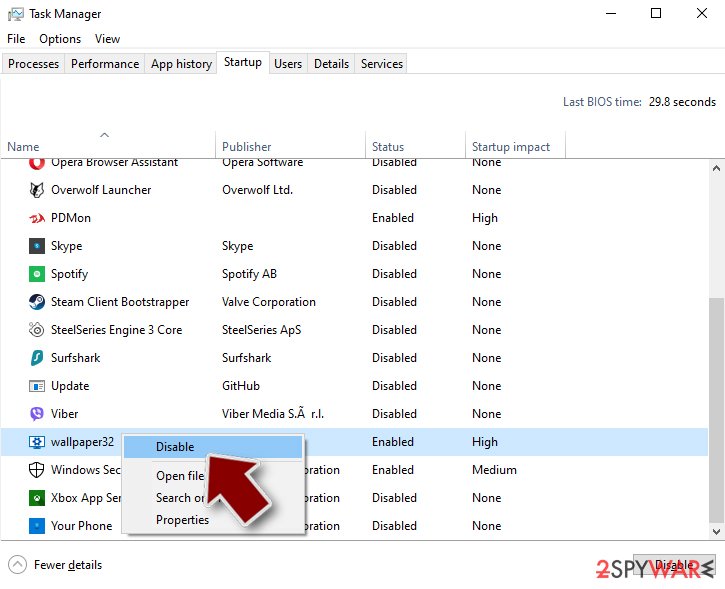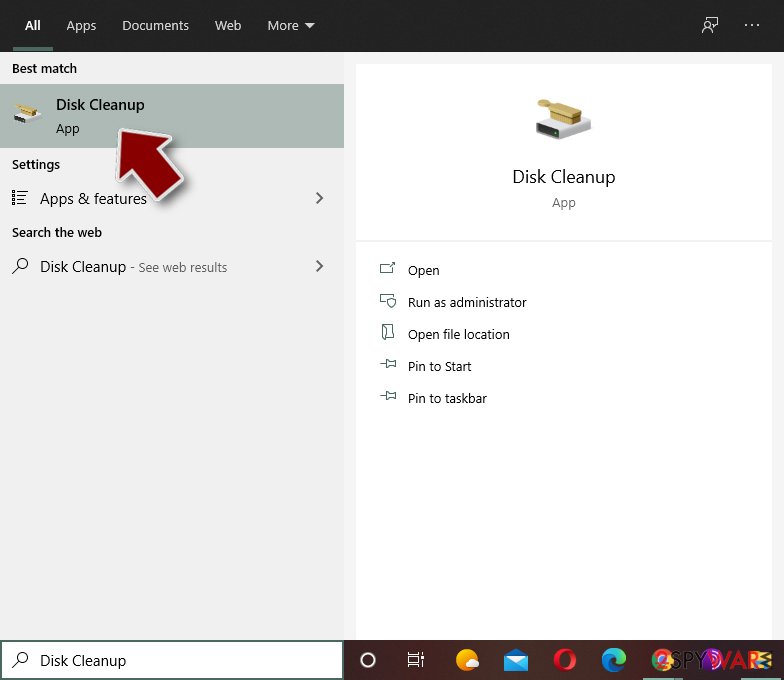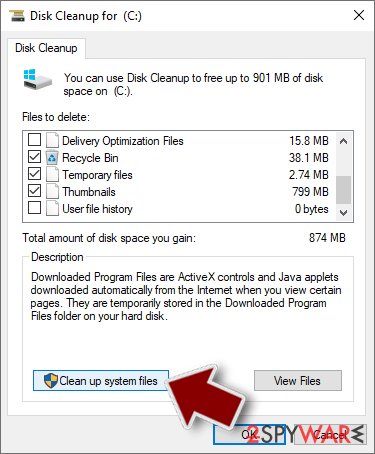Windows Antivirus Rampart (fake) - Removal Guide
Windows Antivirus Rampart Removal Guide
What is Windows Antivirus Rampart?
Windows Antivirus Rampart is a program that will not protect you from computer threats
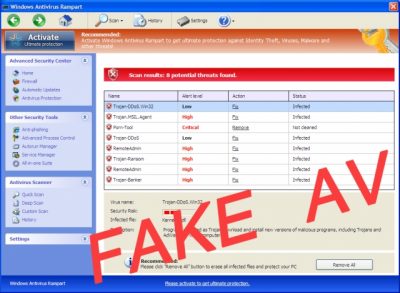
Windows Antivirus Rampart is a fake antivirus program, a part of the FakeVimes family of rogue programs. Just like its previous versions, Windows Ultimate Security Patch, Windows Guard Tools, and others, it displays fake security notifications, disturbs the proper functioning of your legitimate programs, uses fake scanners, and does more things that damage your system.
| Name | Windows Antivirus Rampart |
| Type | Rogue antispyware, malware, scamware |
| Distribution | Fake updates for various programs and fake online scanners |
| Risks | Monetary losses, installation of other malware, identity theft |
| Removal | You can try to uninstall this program manually via the Control Panel or perform a full system scan with security software |
| System fix | Malware can cause serious issues after it is removed, resulting in system crashes and errors. To fix these problems automatically, use FortectIntego |
In most cases, it enters computer systems after imitating some updates, like Adobe Acrobat, Java, Flash Player, or others. However, there could be other methods for its distribution, such as software bundlers, Trojan downloaders, software cracks, etc.
Once the malicious executable s launched, it is basically impossible to know when this scamware gets access to your machine and to stop it at the stage of infiltration. From this point in time, the program can take over the control of Windows.
Once installed, Windows Antivirus Rampart is configured to start automatically with each system reboot. The program pretends to look for infections on your system by running its fake scanner. In fact, this scareware cannot detect anything, so by the end of this scan imitation, the program generates a fake list of infections and tells to remove those files by getting a licensed version of the virus.
That is the way the comes for cybercriminals. Unfortunately, paying for this type of program does no good to us, ordinary computer users. You will simply lose your money and stay with the same problems on your system that you had. This rogue will continue running fake scans and disturb you in all possible ways.
Fake alerts are used to convince users to buy rogue anti-spyware
One of the most annoying things that rogue programs do is displaying tons of different security notifications providing completely false information. Some of the read:
Error
Keylogger activity detected. System information security is at risk.
It is recommended to activate protection and run a full system scan.
Error
Software without a digital signature detected.
Your system files are at risk. We strongly advise you to activate your protection.
As you see, they warn that your system is at risk because of some security-related issues. In fact, these alerts are completely fake, and they are only used to make you believe that your system is infected and pay for Windows Antivirus Rampart. Make sure you don't get tricked by these fake alerts and get rid of the virus immediately!
Windows Antivirus Rampart removal steps
Do not trust this rogue under any circumstances. Use a reputable antispyware program to remove Windows Antivirus Rampart as soon as you detect it on your machine. Do not hesitate to do that straight after detecting this program on your machine, as it can cause even more damage over time.
As this malware disables your antivirus, ensure that your antivirus normally starts when you finalize cleaning your PC. The most effective way to do so is using anti-malware programs like SpyHunter 5Combo Cleaner or Malwarebytes. If you cannot start a scan in normal mode, access Safe Mode with Networking as explained below and then launch a scan immediately.
Finally, use FortectIntego to clean your web browsers automatically and fix any type of damage that the system could have sustained due to the infection. Otherwise, you might have to reinstall Windows altogether.
Getting rid of Windows Antivirus Rampart. Follow these steps
Manual removal using Safe Mode
Important! →
Manual removal guide might be too complicated for regular computer users. It requires advanced IT knowledge to be performed correctly (if vital system files are removed or damaged, it might result in full Windows compromise), and it also might take hours to complete. Therefore, we highly advise using the automatic method provided above instead.
Step 1. Access Safe Mode with Networking
Manual malware removal should be best performed in the Safe Mode environment.
Windows 7 / Vista / XP
- Click Start > Shutdown > Restart > OK.
- When your computer becomes active, start pressing F8 button (if that does not work, try F2, F12, Del, etc. – it all depends on your motherboard model) multiple times until you see the Advanced Boot Options window.
- Select Safe Mode with Networking from the list.

Windows 10 / Windows 8
- Right-click on Start button and select Settings.

- Scroll down to pick Update & Security.

- On the left side of the window, pick Recovery.
- Now scroll down to find Advanced Startup section.
- Click Restart now.

- Select Troubleshoot.

- Go to Advanced options.

- Select Startup Settings.

- Press Restart.
- Now press 5 or click 5) Enable Safe Mode with Networking.

Step 2. Shut down suspicious processes
Windows Task Manager is a useful tool that shows all the processes running in the background. If malware is running a process, you need to shut it down:
- Press Ctrl + Shift + Esc on your keyboard to open Windows Task Manager.
- Click on More details.

- Scroll down to Background processes section, and look for anything suspicious.
- Right-click and select Open file location.

- Go back to the process, right-click and pick End Task.

- Delete the contents of the malicious folder.
Step 3. Check program Startup
- Press Ctrl + Shift + Esc on your keyboard to open Windows Task Manager.
- Go to Startup tab.
- Right-click on the suspicious program and pick Disable.

Step 4. Delete virus files
Malware-related files can be found in various places within your computer. Here are instructions that could help you find them:
- Type in Disk Cleanup in Windows search and press Enter.

- Select the drive you want to clean (C: is your main drive by default and is likely to be the one that has malicious files in).
- Scroll through the Files to delete list and select the following:
Temporary Internet Files
Downloads
Recycle Bin
Temporary files - Pick Clean up system files.

- You can also look for other malicious files hidden in the following folders (type these entries in Windows Search and press Enter):
%AppData%
%LocalAppData%
%ProgramData%
%WinDir%
After you are finished, reboot the PC in normal mode.
Finally, you should always think about the protection of crypto-ransomwares. In order to protect your computer from Windows Antivirus Rampart and other ransomwares, use a reputable anti-spyware, such as FortectIntego, SpyHunter 5Combo Cleaner or Malwarebytes
How to prevent from getting rogue antispyware
Access your website securely from any location
When you work on the domain, site, blog, or different project that requires constant management, content creation, or coding, you may need to connect to the server and content management service more often. The best solution for creating a tighter network could be a dedicated/fixed IP address.
If you make your IP address static and set to your device, you can connect to the CMS from any location and do not create any additional issues for the server or network manager that needs to monitor connections and activities. VPN software providers like Private Internet Access can help you with such settings and offer the option to control the online reputation and manage projects easily from any part of the world.
Recover files after data-affecting malware attacks
While much of the data can be accidentally deleted due to various reasons, malware is one of the main culprits that can cause loss of pictures, documents, videos, and other important files. More serious malware infections lead to significant data loss when your documents, system files, and images get encrypted. In particular, ransomware is is a type of malware that focuses on such functions, so your files become useless without an ability to access them.
Even though there is little to no possibility to recover after file-locking threats, some applications have features for data recovery in the system. In some cases, Data Recovery Pro can also help to recover at least some portion of your data after data-locking virus infection or general cyber infection.
